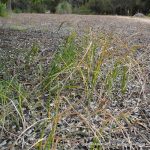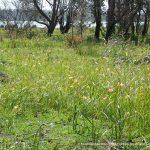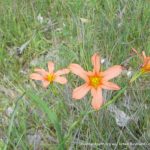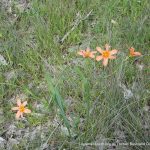One-Leaf Cape Tulip
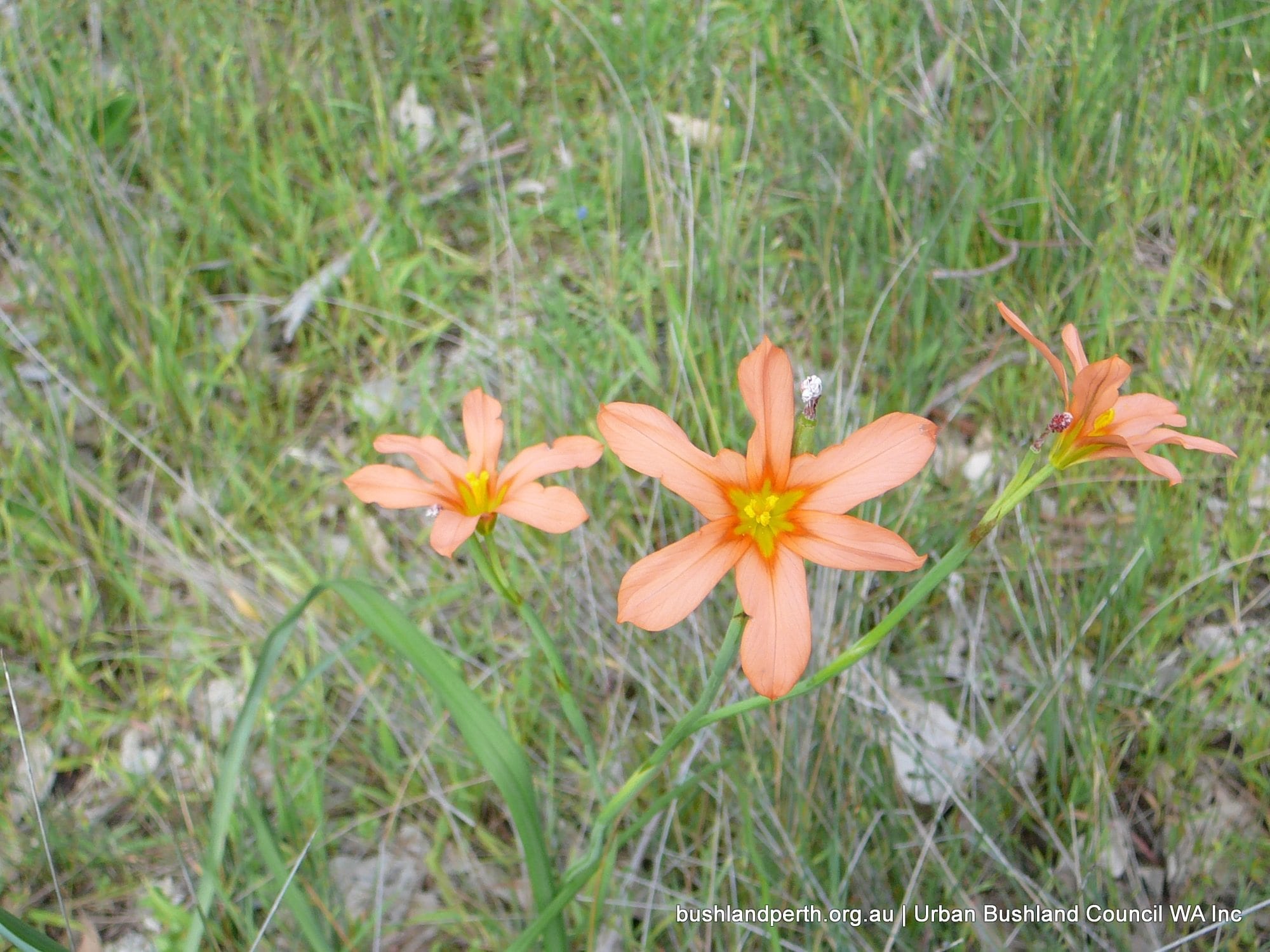
Common name
One-Leaf Cape Tulip
Scientific Name
Moreaea flaccida
Type of plant
Bulbs or Corms
About this weed
These garden escapees were originally from southern Africa but are now abundant in urban bushland and disturbed areas. It was introduced as a garden plant but is now a Declared Pest under the Agriculture and Related Resources Protection Act 1976 and has therefore documented control strategies in place.
Description
This bulb is a cormous perennial that grows to 0.75 m high. It has masses of yellow-orange or salmon pink star shaped flowers in spring. The plants die off over summer and then germinate with autumn and winter rains from corms and seed. The corm is annually renewed corm and reproduction is primarily by seed but occasionally by corm offsets. Seed is dispersed by water, soil and cattle droppings. Up to 60% of corms beneath the soil surface can remain dormant over the winter growing season. The time to first flowering is about 2 to 3 years. The seedbank persists for less than 2 years. It generally survives fire, but fire can bring corms out of dormancy and stimulate flowering. All parts of the plant are toxic to stock.
Impact on Bushland
If left this serious weed will spread over bushland and impact plant communities.
Location
Occurs on Swan Coastal Plain in white sand, grey sandy loam over limestone, laterite clay, gravel. It is also found in seasonally wet sites, along creeklines, hilltops, pasture and disturbed land.
Priority for removal
High: major threat to the conservation values of Banksia woodlands and South-West Province.
Management (hand)
If hand removing care must be taken to remove all corms. Following fire is a particularly important time to control One-Leaf Cape Tulip as fire can bring corms out of dormancy and stimulate flowering.
Management (herbicide)
Following fire is a particularly important time to control One-Leaf Cape Tulip as fire can bring corms out of dormancy and stimulate flowering. Spot spray metsulfuron methyl 0.2 g/15 L or chlorsulfuron 0.2 g/15 L + Pulse or 2.5-5 g/ha + Pulse or 2,2 DPA 55 g/10 L + Pulse. Apply just on flowering at corm exhaustion. Read the manufacturers’ labels and material safety data sheets before using herbicides. Optimum treatment should be done in July and August.
Flowering month/s
August, September
Flower colour/s
Yellow, Orange
Information source
https://florabase.dpaw.wa.gov.au/browse/profile/19179
Additional information
https://florabase.dpaw.wa.gov.au/weeds/swanweeds/
Hussey, B.M.J., Keighery, G.J., Dodd, J., Lloyd, S.G. and Cousens, R.D. (2007) Western weeds. A guide to the weeds of Western Australia, Second Edition, The Weeds Society of Western Australia, Victoria Park, Western Australia.

